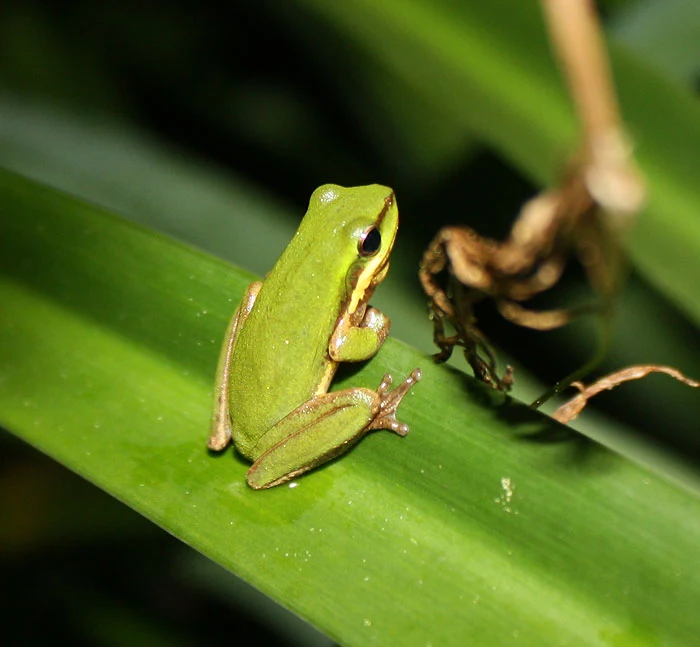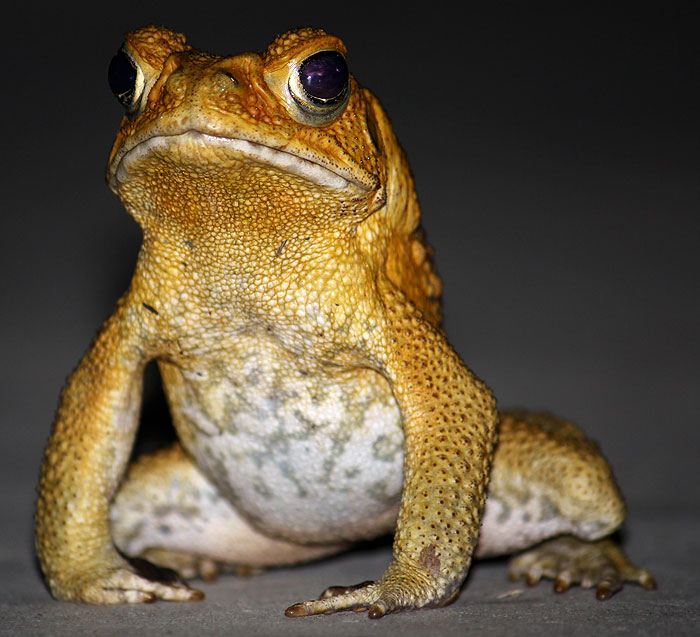Dwarf frogs, the Eastern (L.fallax) and the Northern (L.bicolor)
I've updated this post, as I've said before, this little blog has had a few face-lifts and therefor some of the pics/posts require a bit of a tickle here and there to keep pace ... and yes, I realise you don't give a rats ...
Be that as it may, and with that rather redundant explanation done with; let's take a look at two of North Eastern Queensland's commonly heard, if not encountered frogs. The Eastern and Northern Dwarf frogs.
Now these chaps are seemingly quite resilient - they cling on in the garden despite all manner of weather events, different predators and even Jo's blitzkrieg style of thinning the plants around the joint. They are really rather small - around 20 - 30mm S.V length and are predominantly green but sometimes brown in colouration with a creamy belly. Around here they tend to like the leaves of the spider lily plant and with a little careful searching one or two can usually be found snoozing in the heat of the day. However, even light precipitation will bring them out and really, what could be more relaxing than watching such diminutive little jewels rain bask?.
Be that as it may, and with that rather redundant explanation done with; let's take a look at two of North Eastern Queensland's commonly heard, if not encountered frogs. The Eastern and Northern Dwarf frogs.
Now these chaps are seemingly quite resilient - they cling on in the garden despite all manner of weather events, different predators and even Jo's blitzkrieg style of thinning the plants around the joint. They are really rather small - around 20 - 30mm S.V length and are predominantly green but sometimes brown in colouration with a creamy belly. Around here they tend to like the leaves of the spider lily plant and with a little careful searching one or two can usually be found snoozing in the heat of the day. However, even light precipitation will bring them out and really, what could be more relaxing than watching such diminutive little jewels rain bask?.
 |
(Litoria fallax) |
 |
(Litoria Bicolor) |
 |
Care to make a guess? |
These frogs are associated with a wide variety of habitats, including coastal swamps, lagoons, dams, ditches, garden ponds, and even cleared farmland. They live in reeds and similar plants both near and away from the water, they'll often inhabit fruit trees in the northern areas of Australia. Thus are sometimes shipped with the fruits throughout Australia, becoming lost frogs - turning up in fruit shops outside of their normal range.






Comments
Post a Comment